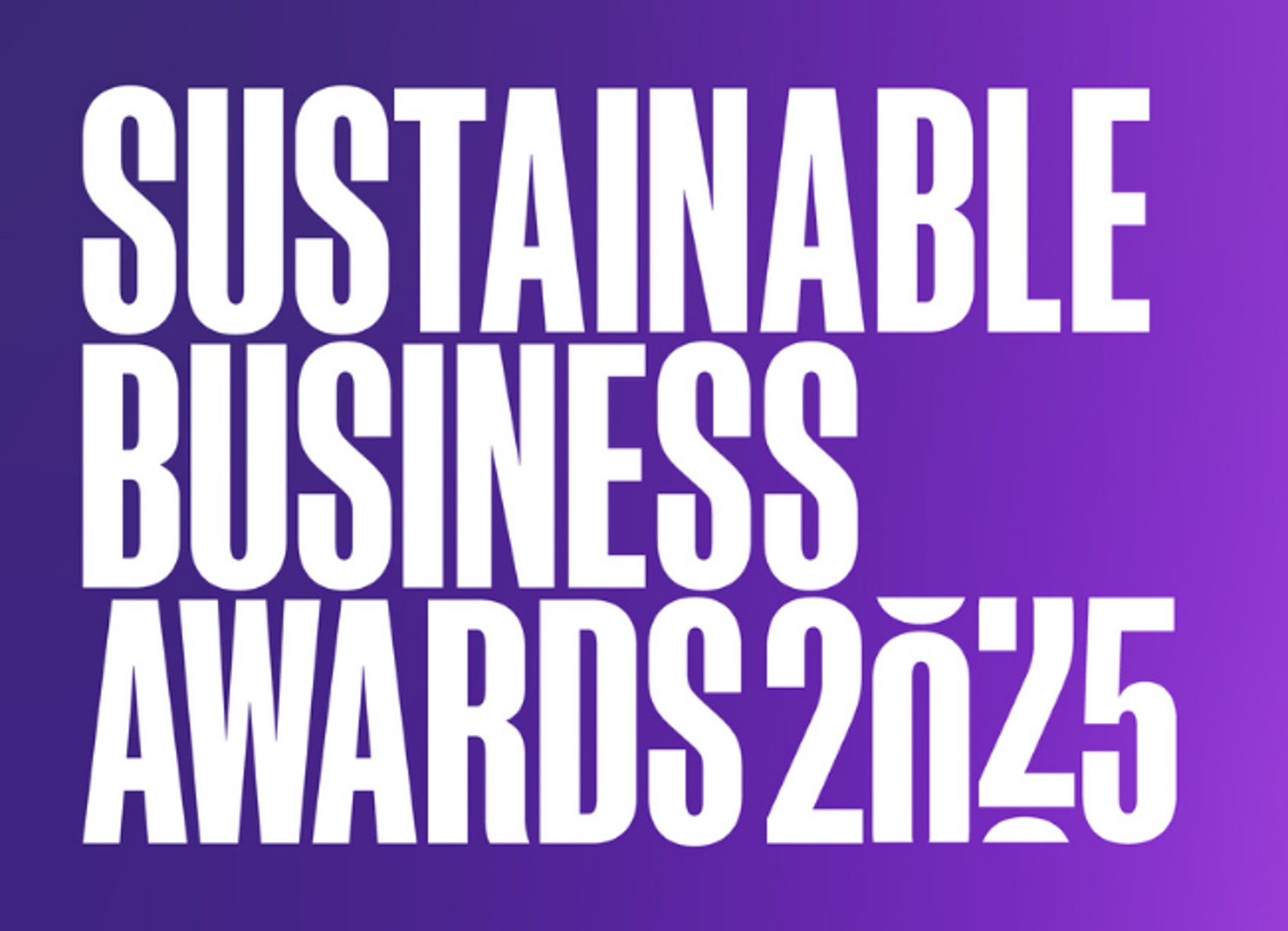More people are buying more sustainable products and services, that are better for people and the rest of nature. There are more choices, which is great. But it also makes it harder to choose. And when the competition gets hot, it can be easy to try and out-claim the competition. Marketing sustainability can become a shouting match!
Lots of choices and competing messages make it hard for people buying. It can be confusing to know which supplier to trust – and that’s where certification can help in sustainability marketing.
Getting certified by a reputable third party makes it easier for potential buyers to trust you. The right sustainability certification can help you stand out in a crowded market and overcome any skepticism about ‘greenwash’. Certification sends a signal that you’re serious about sustainability. And the process will teach you things about your business you can improve and give you new sustainability stories to tell.
Like all good things, though, there’s a cost. Schemes vary in the cash outlay they demand but they all share a cost in the time it will take you and your team to get certified. Those little logos have to be earned.

So to spare some of the pain of the process, here are our 5 GoodSense marketing hacks to sustainability certification:
Hack 1 – Don’t DIY
As Dole learned to their cost, getting your designer to knock up a cute little stamp won’t win you any friends. It is more likely to lead to social media ranting against you and a complaint about misleading advertising to the ASA or Commerce Commission.
Hack 2 – Do your homework
To be a worthwhile investment of your time and money, any certification needs to be relevant to your business, your social or environmental impact, and to your customers. Don’t just jump to the first option. Research what is available, look at what others in your sector here and overseas are using and make an informed choice about what will suit you best.
The Sustainable Business Network has made this easier with their new list published here
Hack 3 – Go for gold
You’re using certification to make you look good – so be wary of picking on price. A cheaper scheme can often mean a lower standard. Rainforest Alliance costs less and is less demanding than Fair Trade certification, for example. What you save in cost you might pay for in a less positive impression from getting certified – to the most informed and influential customers, you might just look cheap. Be particularly careful if you are offsetting CO2 emissions that you chose a quality provider.
Hack 4 – Plan to make it last
You need to plan and budget for an annual investment in staying certified. The requirements vary – but this isn’t a one-time thing. Some schemes demand continual improvement too. You don’t want to include your shiny new certification logo on everything and then have to take it off three years later because you find you can’t keep meeting the requirements. So go into it with a plan for the long haul.
Hack 5 – Promote it
Set aside some time and budget at the outset to tell the world about your certification once it’s in place. Some certification providers are good at helping their clients spread the word – and some less so. Find out early what they offer and plan your marketing communications around that. If you need a hand with this, let us know.

Which brings us to, gulp, our own certification in progress. We have been working this year on becoming BCorp Certified and are almost ready to apply. For us, most of the work has been in documenting practices, which has helped formalise them. We’ve also had to work out how best to measure, with our team members, the environmental impact of our various home offices – another quirk of our ‘remote first’ business model. The process has also given us new tools that will help us communicate with clients and our suppliers. Thanks to the amazing Kate Thompson in our team who has led this project for us. And to Harv at Collective Intelligence and Mike Carroll at Brightly for the encouragement. We’ll keep you posted!
And if you’d like to talk about any marketing sustainability challenges, please do get in touch.













